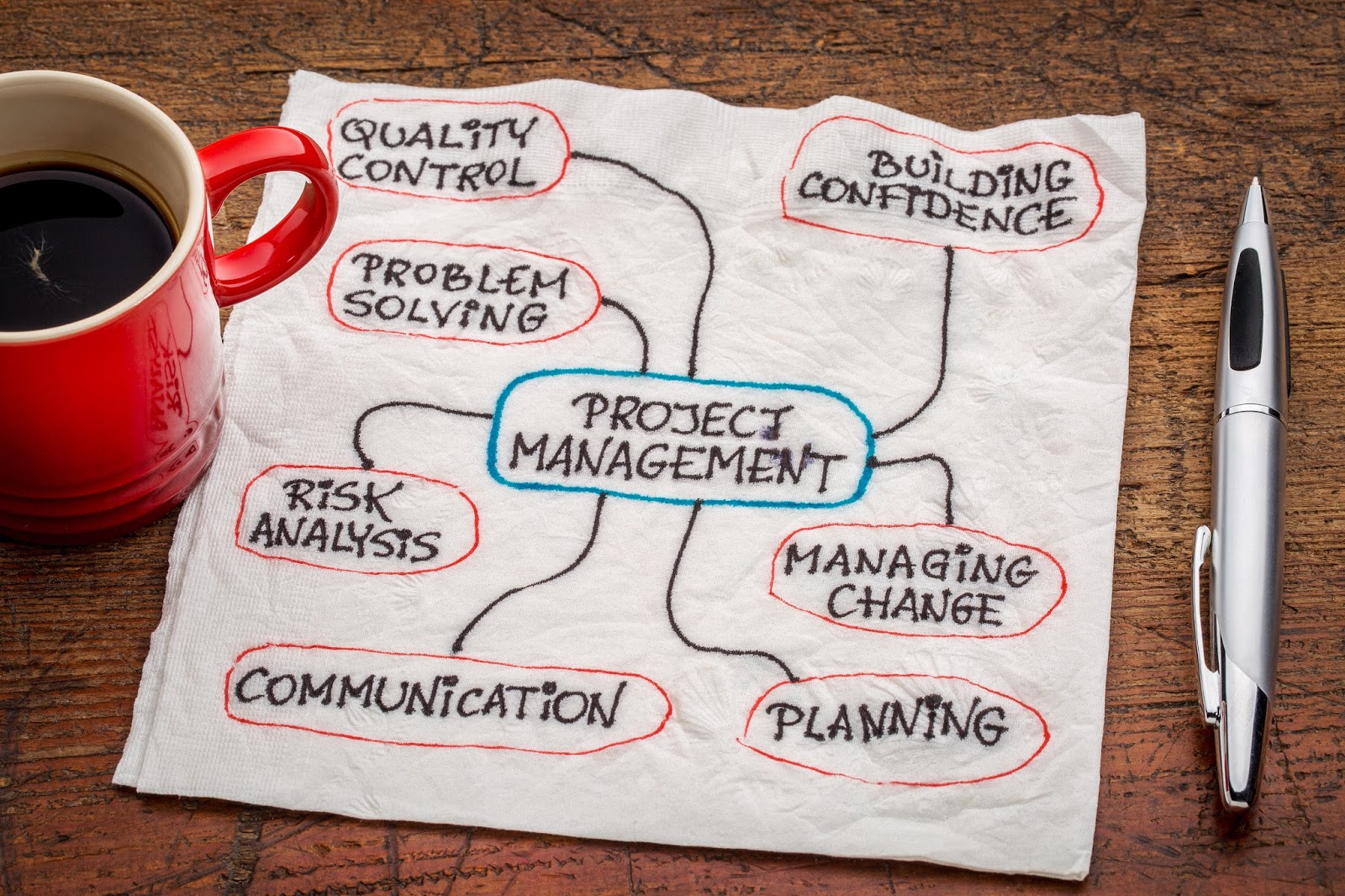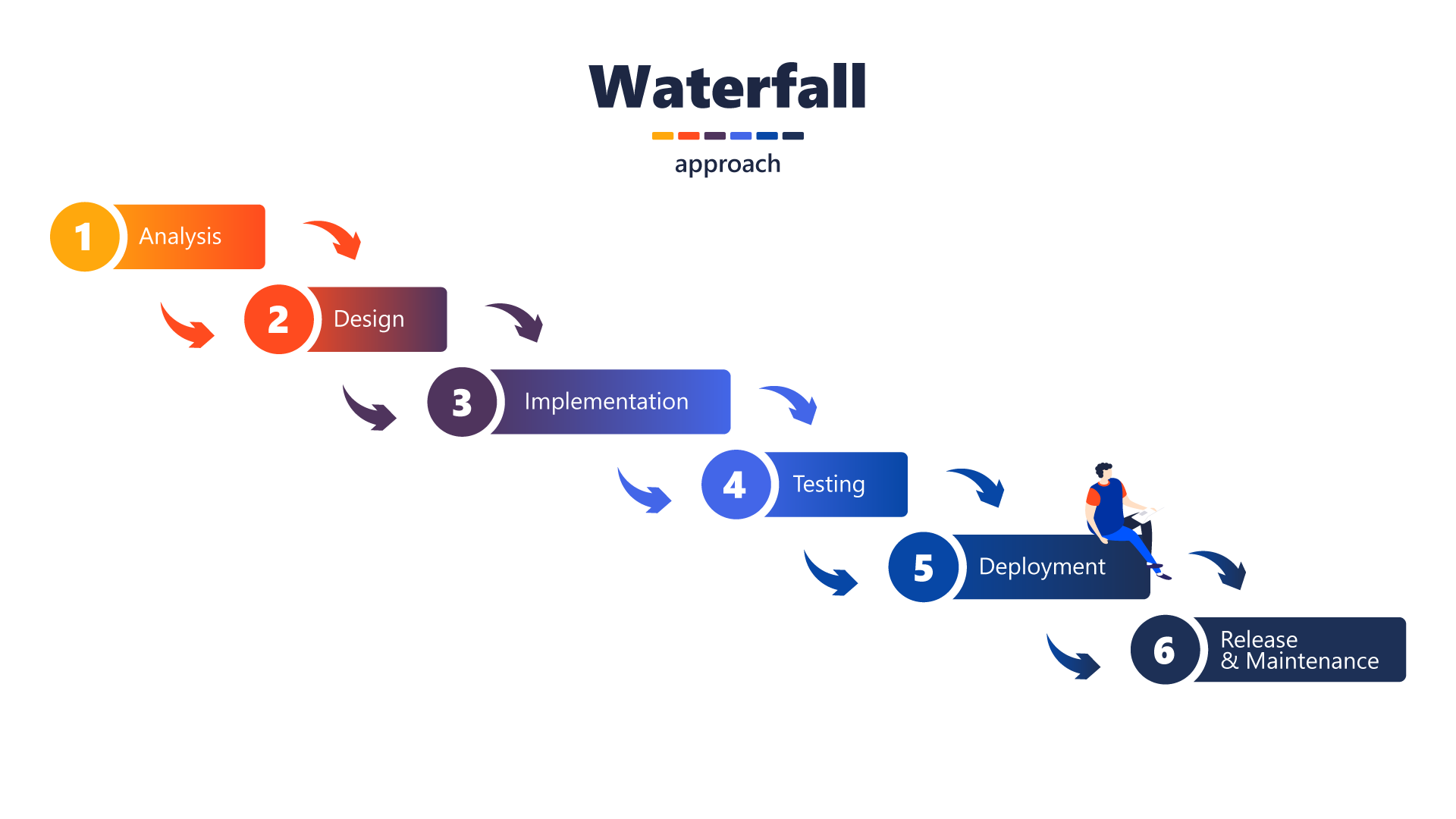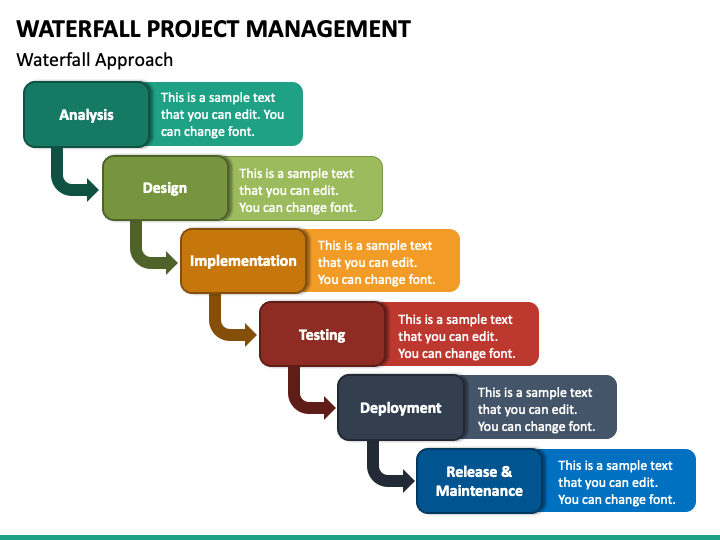

- RESOURCES SUPPORT FOR WATERFALL PROJECT MANAGEMENT SOFTWARE
- RESOURCES SUPPORT FOR WATERFALL PROJECT MANAGEMENT CODE

So, going back to the example of cash register software, this is where you test your product on applicable hardware.
RESOURCES SUPPORT FOR WATERFALL PROJECT MANAGEMENT SOFTWARE
Once you’re finished with all of the coding, the actual testing of your software can begin.

RESOURCES SUPPORT FOR WATERFALL PROJECT MANAGEMENT CODE
Generally, they’ll create different segments of the code in different pieces, to be assembled and integrated at the end of the implementation phase or at the beginning of the testing phase. The team’s programmers will use the information from the design stage to come up with a functional product. This is the first phase where you’ll actually do some coding. This is particularly important for the waterfall methodology, as it focuses on getting everything right in the first iteration. In this phase, there will be no specific coding you’ll just be settling specifics like hardware requirements or the programming language you’ll use. Using the documents that you’ve established in the requirements phase, your team will work on the system design. Once this phase is done, you should be clear about what project requirements you’re facing – and produce a document on this that should be circulated throughout your team. If you were designing software for cash registers, for example this is where you’d do market research on the expenses and different features you need. This is done in many different ways from questionnaires and interviews to team brainstorming sessions. In this phase of the project, the team gathers a lot of information regarding the requirements of the project. Generally, though, they include the following steps: #1 Requirements Naturally, the specific phases for any project may vary according to the details especially in regards to which project management software you use. However, there are some pros to using this approach as well so we’ll explore both sides of the coin below! Phases of Project Management in Waterfall Methodology But seeing as software is much more dynamic and prone to changes, the waterfall approach to project management isn’t always the best idea. Once you’ve completed the foundation, you can’t improve it any further. In order to give you an idea of a waterfall model example project, imagine the construction of a bridge. As we’ve mentioned above, this methodology was inherited from the construction industry, in which further iterations weren’t an option. Many people believe that the waterfall methodology of project management isn’t the best one when it comes to software development. With that in mind, there’s no single inventor of Waterfall that’s just the name that this methodology got once other methodologies were implemented – such as agile project management. The waterfall approach to project management is what you get when you apply traditional project management to software development. To put it simply – you create a big plan in the beginning, and proceed along with a linear execution hoping that no changes to the plan will be needed. So, what is the waterfall methodology? Essentially, we’re talking about a project methodology in which the project is completed across distinct stages, itching step by step to the final release to end-users. Among these, waterfall project management is one of the more interesting ones, seeing as it stems from the old days of the construction and manufacturing industries it was not specifically designed with software development in mind. There are many approaches to project management, especially in software development.


 0 kommentar(er)
0 kommentar(er)
